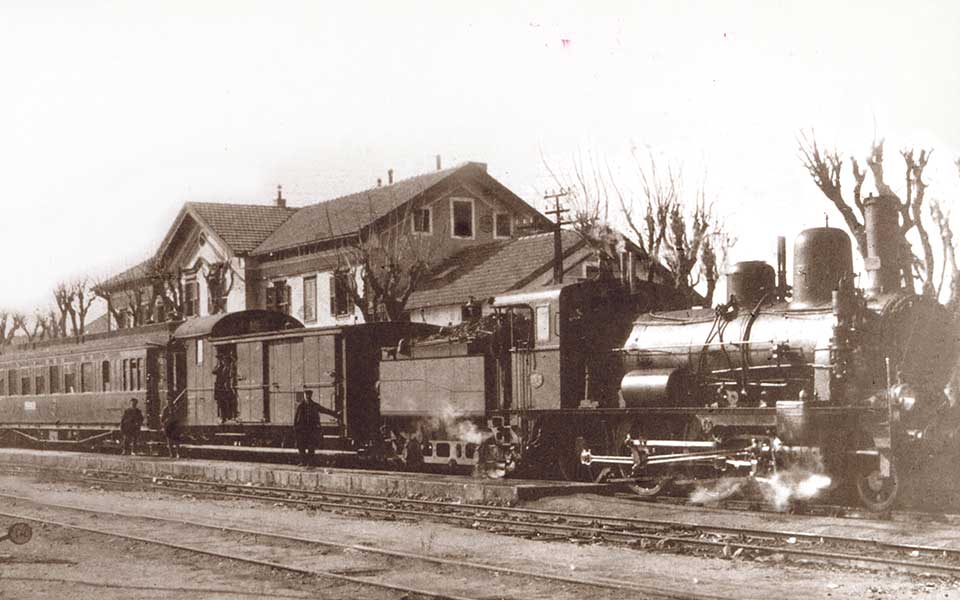Railway enthusiasts, trainspotters and ferroequinologists (yes, that’s an actual word – it means “someone who studies trains [aka ‘iron horses’]”) are in for a treat.
Clio Muse Tours have teamed up with the Photography Museum “Christos Kalemkeris” to produce a richly detailed, self-guided virtual tour of Greek railways from 1869 to 1969, combining rare archival material and present-day 360° photos.
Available in both English and Greek, visitors can see the tour on Clio Muse’s Tour Experience platform and on the museum’s official website, digitally traveling along Greece’s old railway network to 40 stations and exploring their role in the social and economic history of the country.
The project is the result of a collaboration between the museum’s “Christos Kalemkeris” photographic archives in the Municipality of Kalamaria, Thessaloniki, and Athens-based Clio Muse Tours, the award-winning tour guide app for cultural heritage sites, museums and city walks. Financial support came from the Hellenic Ministry for Culture and Sports.
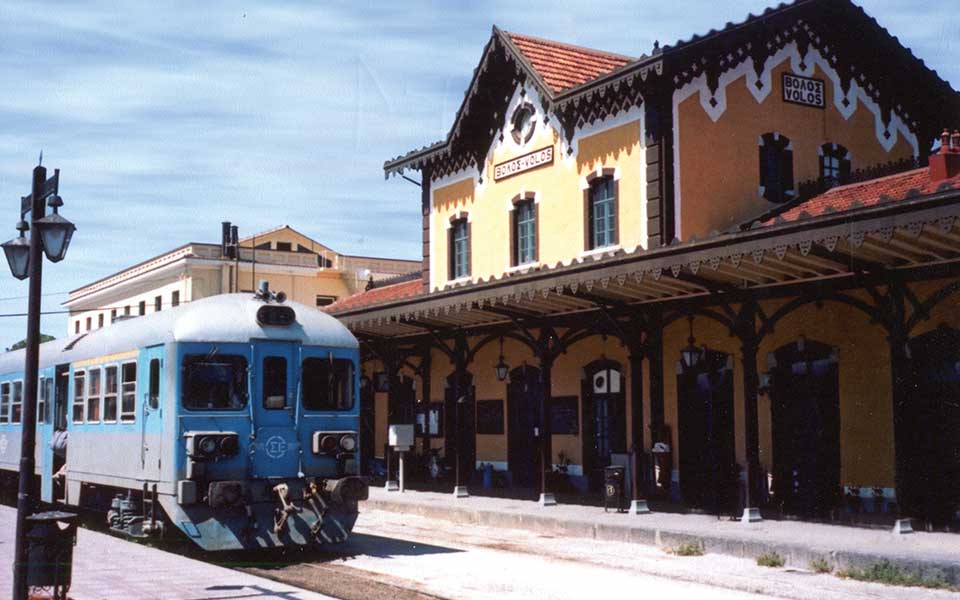
© Museum of Photography “Christos Kalemkeris” / Clio Muse Tours
Photographic archive
The tour takes the visitor to 40 historic train stations across the Greek mainland, starting at Orestiada and Didymoteicho on the northern border with Turkey, through Thessaly and Attica, and ending in the Peloponnese at Nafplio. Each stop is accompanied by a detailed entry and audio narration of the station, offering a fascinating insight into the history of the building, and anecdotes from its past use.
Among the many highlights include the station at Thessaloniki, with its connections to Constantinople and Monastiri. The old station was in operation during Ottoman times, officially named the “Railway Station of the East,” and was vital in the transportation of troops and supplies during the Balkan Wars (1912-1913). The new station, completed in 1962, has the distinction of being the biggest in Greece and one of the largest train hubs in the Balkans.
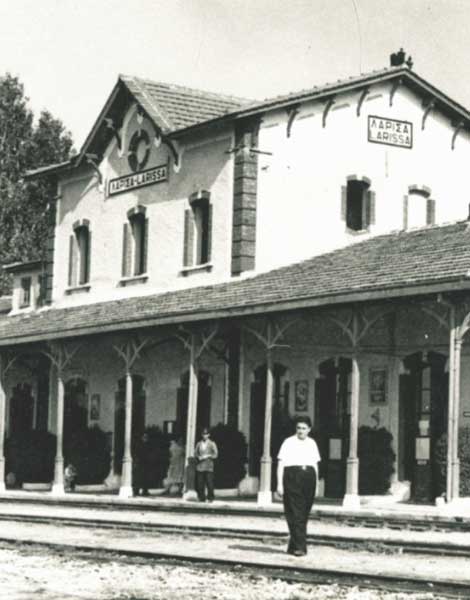
© Museum of Photography “Christos Kalemkeris” / Clio Muse Tours
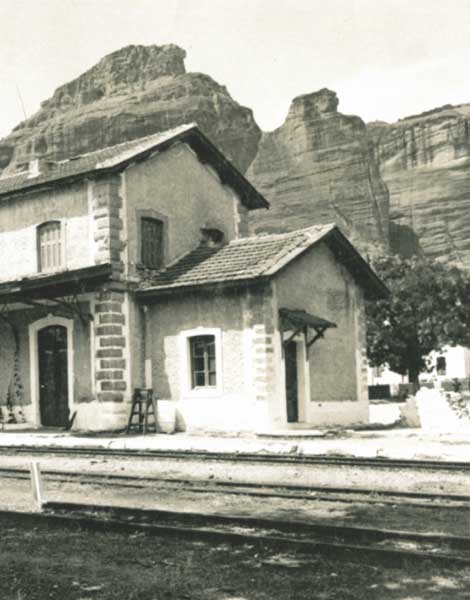
© Museum of Photography “Christos Kalemkeris” / Clio Muse Tours
Further south at Larissa, the original neoclassical station building was inaugurated by King George I of Greece amid an elaborate military parade on St George’s Day, April 23, 1884. The station was the main gateway for trade in the Thessalian plain, the “bread-basket” of Greece, until its demolition in 1957. Elsewhere in Thessaly, construction of the station at Kalambaka in the 1880s, in the shadow of the Eastern Orthodox monasteries of Meteora, faced stiff opposition from local landowners.
In Attica, the line that connected Piraeus and Athens was the first railway line in Greece, constructed by British engineer Edward Pickering between 1867 and 1869. The train’s maiden trip took Queen Olga and members of the Greek government on a 15 minute journey from the station at Thissio, the oldest in Greece.
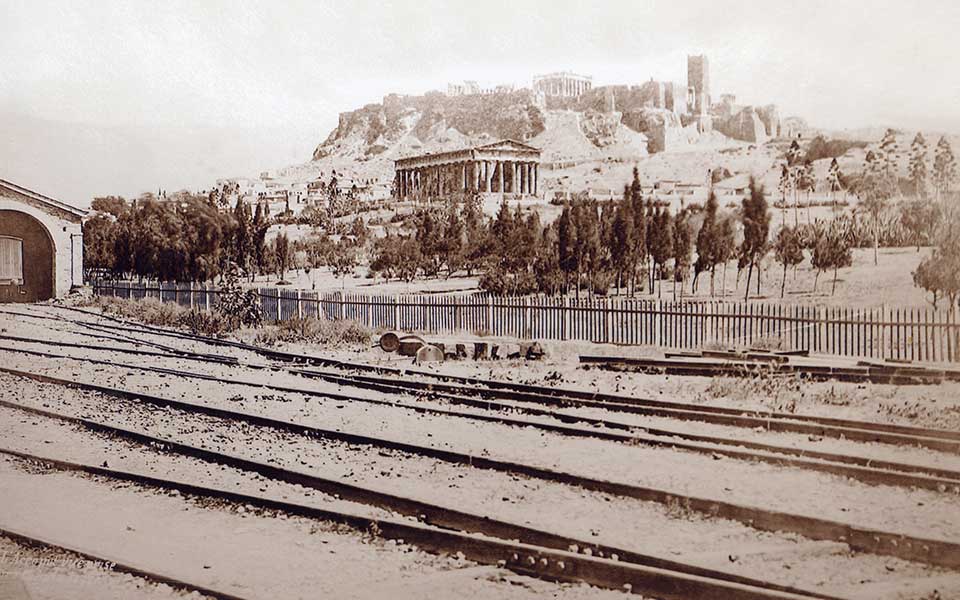
© Museum of Photography “Christos Kalemkeris” / Clio Muse Tours
On the way to the Peloponnese, the tour explores the first railway bridge across the Isthmus of Corinth, one of the most ambitious engineering projects of the 19th century. During World War II, this vitally strategic crossing was sabotaged by British troops in the wake of the German invasion in 1941. Three years later, the retreating Germans dumped locomotives and other bridge wreckage into the canal to hinder Allied movements.
On the western side of the Peloponnese, the late 19th century archaeological excavations of the famous ancient sanctuary at Olympia prompted the commissioning of a line to serve future visitors. The renowned German architect Ernst Ziller was asked to design the station building to “evoke the aesthetics and atmosphere of ancient Greece.”
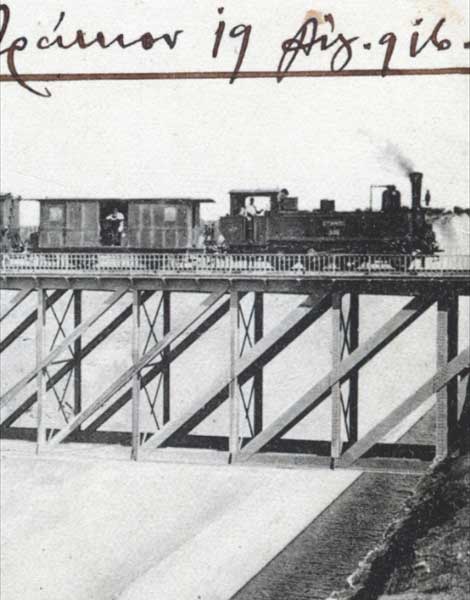
© Museum of Photography “Christos Kalemkeris” / Clio Muse Tours
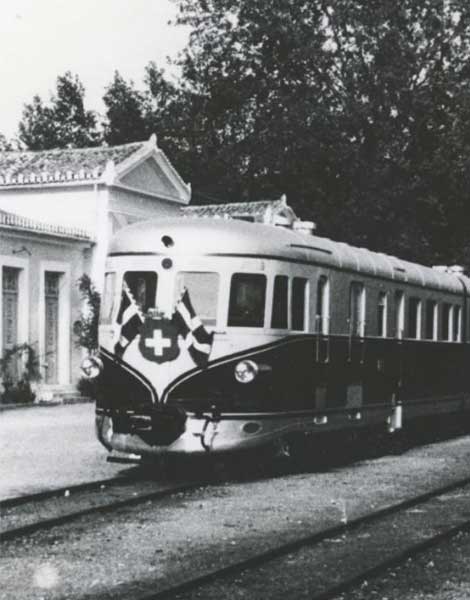
© Museum of Photography “Christos Kalemkeris” / Clio Muse Tours
Photography Museum “Christos Kalemkeris”
The self-guided virtual tour of the Greek railway network is the first stage of a multidimensional project that the Photography Museum “Christos Kalemkeris” is developing based on its extensive archive of photos from 1838 until today, covering a range of subjects from the Balkan Wars to early photographs of ancient relics discovered in Greece and Asia Minor.
The collection constitutes not only an important record of important events in Greek and eastern Mediterranean history but also a valuable archive of the history of photography in the 19th and early 20th centuries.
Extensive research on the 40 stations was carried out by the Clio Muse Tours content department in close collaboration with Pavlos Ch. Kalemkeris, President of the museum’s Board of Directors.
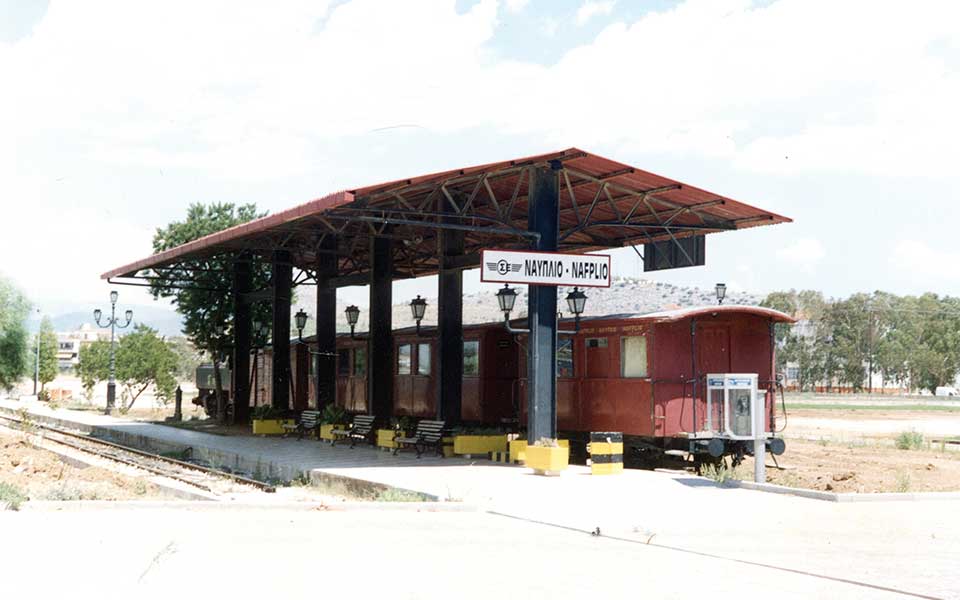
© Museum of Photography “Christos Kalemkeris.”
Clio Muse Tours
Founded in 2014, Clio Muse Tours is an award-winning tour-guide app that offers self-guided audio tours and virtual tour experiences for museums, temporary exhibitions and city walks in 20 countries, including Greece, Italy, Turkey, Spain, the Netherlands, Germany and even the Moon!
From history and mythology to gastronomy and architecture, Clio Muse Tours continually develop and coordinate bespoke cultural projects in collaboration with world-leading heritage institutions aimed at putting culture at the forefront of global tourism. To date, the team have created and curated over 350 audio tours.
More details of their audio and digital tours can be found here.

